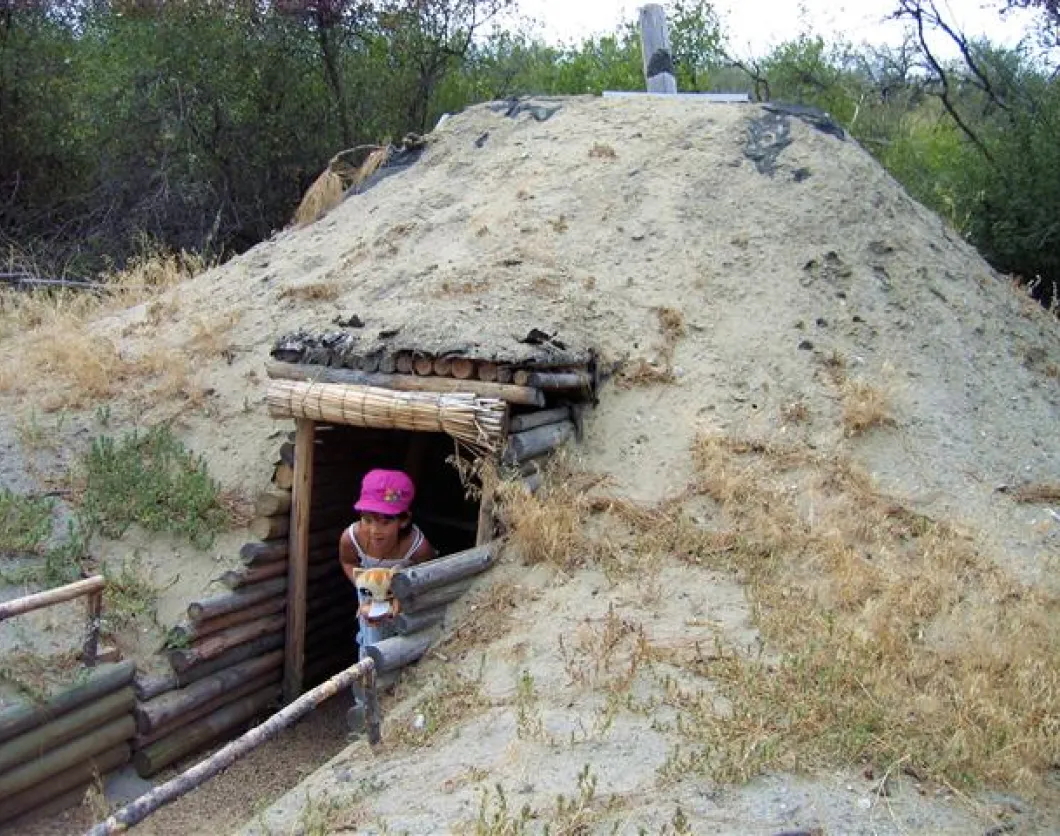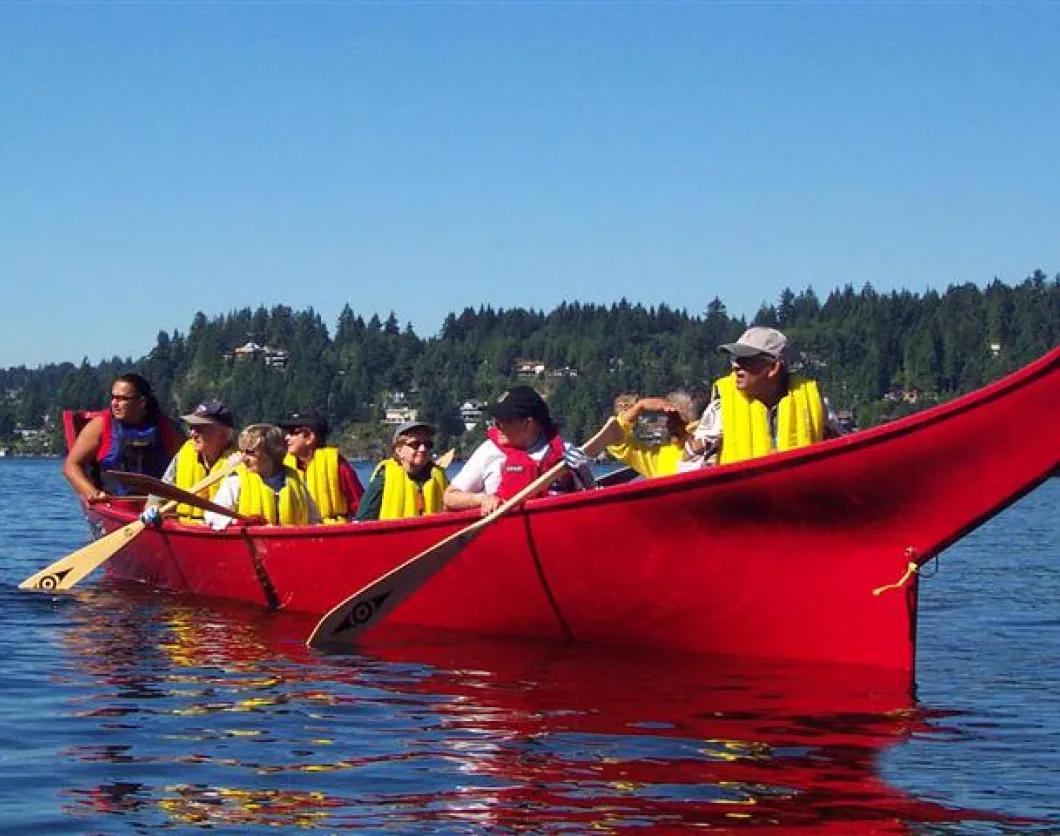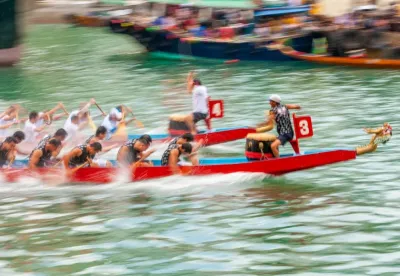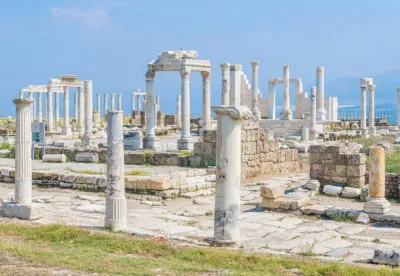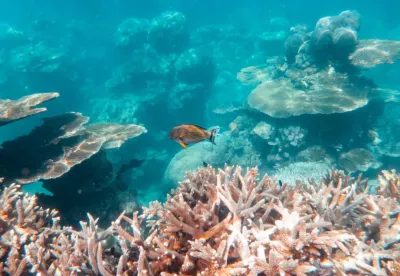In many regions of the province’s nearly one million square kilometers (366,000 square mile), British Columbia hosts the greatest diversity of indigenous peoples in North America offering a wide range of authentic opportunities for independent travellers or small tour groups to learn about and connect with distinctive native cultures. Over the past decade, a great deal of forethought and money have been invested by governments, native bands, and individual aboriginal entrepreneurs in creating authentic world-class tourism as well as engaging educational museums, interpretive centers, and native art galleries on and off indigenous lands. The goal is always to honor the talents and individual traditions of B.C.’s 198 First Nations/native communities and to provide training, cultural revival and sustained employment for the local people.
With a B.C. land area close to that of France and Germany combined, outdoor adventures with First Nations tour operators and guides provide an unusual cultural perspective while connecting with natural beauty, towering old growth forests, and long-held traditions through the eyes of a people who have lived in their territories for thousands of years. Guests may kayak or canoe with marine wildlife while learning about environmental changes, or walk the shores and forests with a native guide to learn historical methods of harvesting sea food and plants for both food and medicine. Sometimes the pace of these shared experiences is slower than visitors might expect, interlaced with personal stories and teachable moments, but the insights are always rewarding.
In addition to establishing their own companies, First Nations leaders and elders have also taken initiatives to partner with respected tour operators such as Mothership Adventures to present a small-ship, five-day exploration of northeastern Vancouver Island's abundant marine habitat. Offered in late June, this unique tour aboard a classic wooden ship expertly intertwines the spectacular wildlife of the Pacific Coast with a deep cultural immersion into native traditions, art, dance and village life on their coastal rainforest lands.
Indigenous peoples have always lived their lives around the seasonal food cycles, and the best of B.C. First Nations cuisine is a reflection of this. They know which plants to harvest for medicine, which ones nourish them through the winter, which pine trees bear nuts, and where to pick the sweetest berries. In culinary circles, “fresh, regional and local” are the key words with an emphasis on seafood, wild game and regional produce. Whether enjoying a special group meal in a tribal longhouse, or a fine dining experience at a native-owned lodge or hotel property anywhere in the province, be sure to try out the flavorful native specialties on the menu.
On First Nations lands, visitors have amazing choices of where to stay. These range from circular, below-ground pithouses that sleep 20 in cozy traditional comfort to top-line eco-lodges and resorts with distinctive interior design and architecture, all proudly declaring their individual tribal heritage. Contrary to popular belief, teepees were not common to British Columbia's aboriginal people but rather to the Plains tribes east of the Rocky Mountains. Two of the finest resorts on native lands infused with indigenous atmosphere in their interior design, architecture and cuisine make for highly recommended stays at Talking Rock Resort on a pristine wilderness lake in the province's central interior and at Tsa Kwa Luten Lodge on Quadra Island wedged between Vancouver Island and the B.C. Mainland. Tsa Kwa Luten's surroundings include a magical 1,000-acre coniferous forest laced with walking trails and a million dollar view from every bedroom and public area overlooking the heavily-navigated Discovery Passage.
In the extreme south of the province is the award-winning vineyard and winery, Nk’mip Cellars (pronounced in-ka-meep). A well-respected and successful venture, it is North America's only aboriginal-owned and operated winery. Situated on a spectacular desert benchland above the shores of Osoyoos Lake, the winery is adjacent to Canada's only natural desert. The spacious wine tasting room and restaurant architecture and decor showcase local native art and artefacts, and enhance the beauty and unique nature of the wild sage desert surroundings. On the same property, the Nk'Mip Desert and Heritage Centre highlights the history and culture of the Okanagan First Nation over thousands of years. Today they are stewards of the Nk'Mip Desert lands, one of Canada's three most endangered ecosystems and home to many rare plant and animal species.
Aboriginal tourism in B.C. is projected to grow to $50 million by 2012 with an estimated 200 native tourism businesses of which adventure tourism (31%), services (22%) and accommodation (21%) comprise almost three-quarters. North Americans and Europeans are primary visitor markets. The impressive Aboriginal Tourism of British Columbia (ATBC) website presents native-owned and -operated tourism from the Pacific Ocean east to the Rocky Mountains and from the US border in the south to the Alaska Panhandle and the Yukon Territory in the north. The website also presents innovatively-designed museums, educational interpretive centers, and art galleries many with both young and well-experienced native artists and artisans working on site.
By Alison Gardner
Editor/journalist, Alison Gardner, is a global expert on nature-based vacations and cultural/educational travel. Her Travel with a Challenge web magazine is a recognized source of new and established operators, accommodations and richly-illustrated feature articles covering all types of senior-friendly alternative travel.

